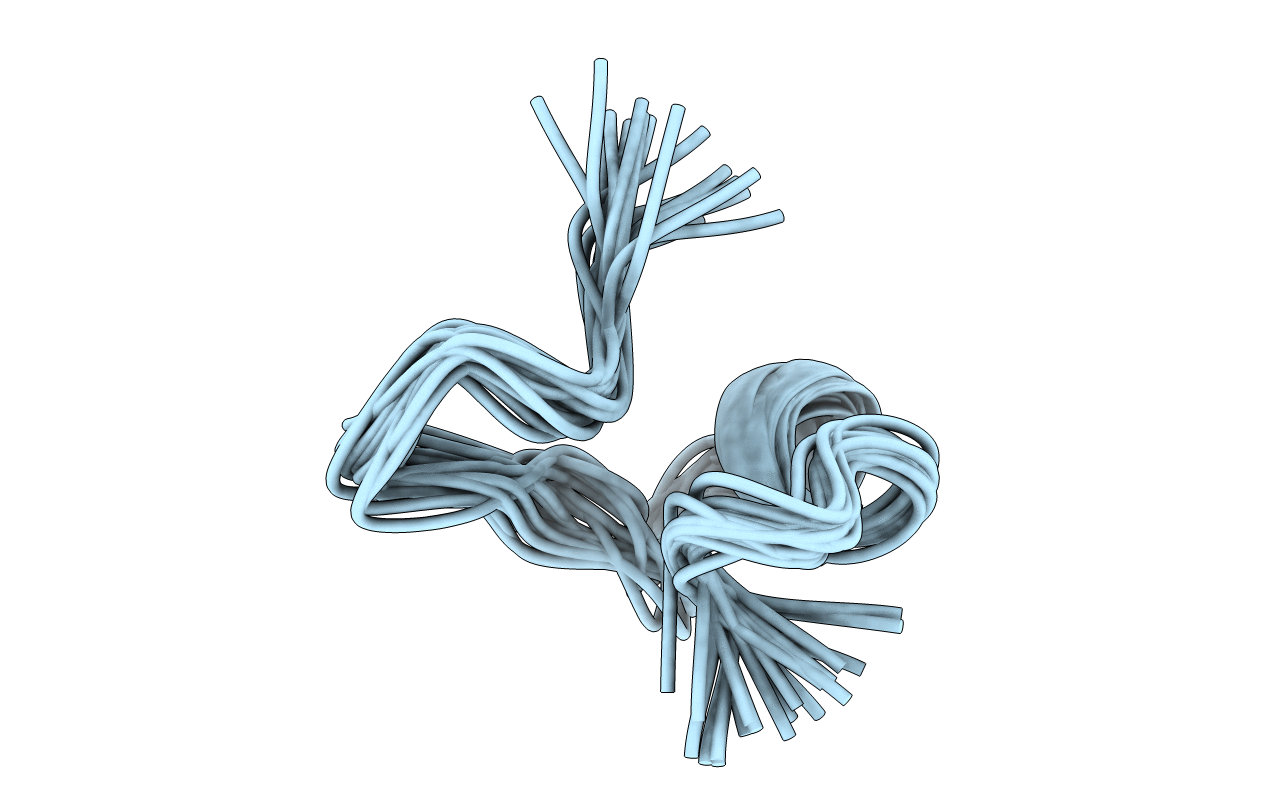
Deposition Date
2018-09-20
Release Date
2018-11-28
Last Version Date
2023-06-14
Method Details:
Experimental Method:
Conformers Calculated:
100
Conformers Submitted:
20
Selection Criteria:
structures with the lowest energy


